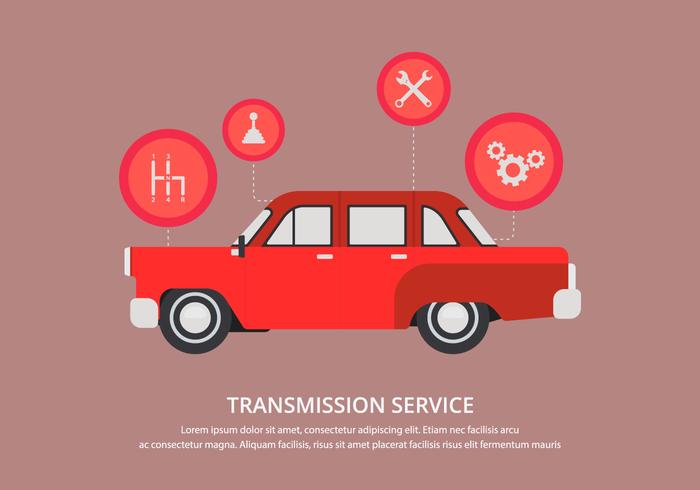Intend To Find Out More About The Warning Lights On Your Control Panel? Uncover What They Suggest Concerning Your Lorry'S Health And Wellness
Intend To Find Out More About The Warning Lights On Your Control Panel? Uncover What They Suggest Concerning Your Lorry'S Health And Wellness
Blog Article
Post Created By-Samuelsen Gilbert
When you're behind the wheel, those radiant caution lights on your control panel can be a bit difficult. Do you recognize what they're attempting to inform you concerning your car's health and wellness? Recognizing the relevance of these lights is essential for your safety and the long life of your automobile. So, the following time one of those lights turns up, would not you intend to decode its message properly and take the essential steps to resolve it?
Common Caution Lights and Interpretations
Determine typical warning lights in your vehicle and comprehend their meanings to ensure risk-free driving.
The most common caution lights consist of the check engine light, which indicates problems with the engine or exhausts system. If this light comes on, it's critical to have your car examined quickly.
The oil stress cautioning light indicates reduced oil stress, needing prompt attention to stop engine damages.
A flashing battery light could recommend a faulty charging system, possibly leaving you stranded otherwise dealt with.
The tire pressure monitoring system (TPMS) light informs you to low tire pressure, affecting car stability and gas efficiency. Ignoring this could cause risky driving problems.
The ABS light suggests an issue with the anti-lock stopping system, compromising your capability to quit swiftly in emergency situations.
Finally, the coolant temperature level cautioning light warns of engine getting too hot, which can lead to extreme damage if not solved quickly.
Understanding these common warning lights will assist you deal with concerns quickly and keep risk-free driving problems.
Significance of Prompt Interest
Recognizing the usual caution lights in your automobile is only the first step; the value of quickly attending to these warnings can not be stressed sufficient to ensure your safety when traveling.
When a caution light brightens on your dashboard, it's your car's method of connecting a possible issue that requires focus. Overlooking https://www.army.mil/article/257999/cash_lane_to_close_at_expressway_tollbooth_near_camp_zama can lead to more extreme problems in the future, jeopardizing your safety and potentially costing you much more in repairs.
Trigger attention to warning lights can stop break downs and mishaps. For instance, a flashing check engine light could suggest a misfire that, if left unattended, could trigger damage to the catalytic converter. Addressing this promptly can save you from an expensive fixing.
Likewise, a brake system cautioning light might signal reduced brake liquid or used brake pads, critical parts for your safety when driving.
DIY Troubleshooting Tips
If you observe a warning light on your dashboard, there are a couple of do it yourself repairing tips you can try before looking for expert aid.
The first step is to consult your vehicle's handbook to recognize what the certain caution light suggests. In some cases the issue can be as basic as a loosened gas cap triggering the check engine light. Tightening up https://simonqmgzu.blazingblog.com/32180482/mobile-car-outlining-benefit-satisfies-quality-for-your-automobile may resolve the trouble.
Another common issue is a reduced battery, which can activate various warning lights. Checking the battery connections for rust and ensuring they're safe might repair the trouble.
If a warning light continues, you can attempt resetting it by separating the auto's battery for a few mins and then reconnecting it. Furthermore, examining your vehicle's fluid degrees, such as oil, coolant, and brake fluid, can assist fix warning lights associated with these systems.
car wax
To conclude, recognizing your automobile's warning lights is essential for keeping your car running smoothly and securely. By without delay dealing with these signals and understanding what they mean, you can stay clear of expensive repairs and possible breakdowns.
Remember to consult your auto's handbook for specific details on each alerting light and take action appropriately to ensure a trouble-free driving experience.
Remain informed, remain safe when traveling!
